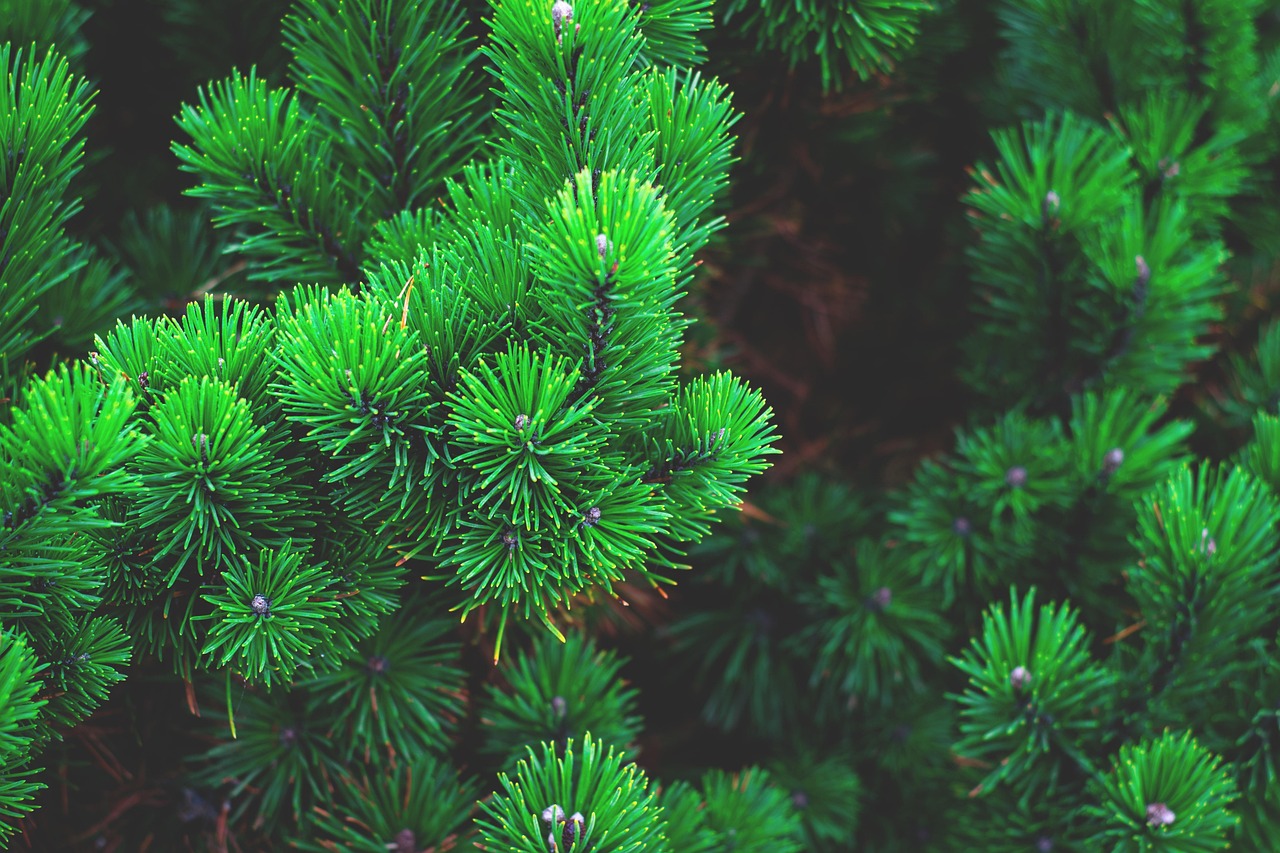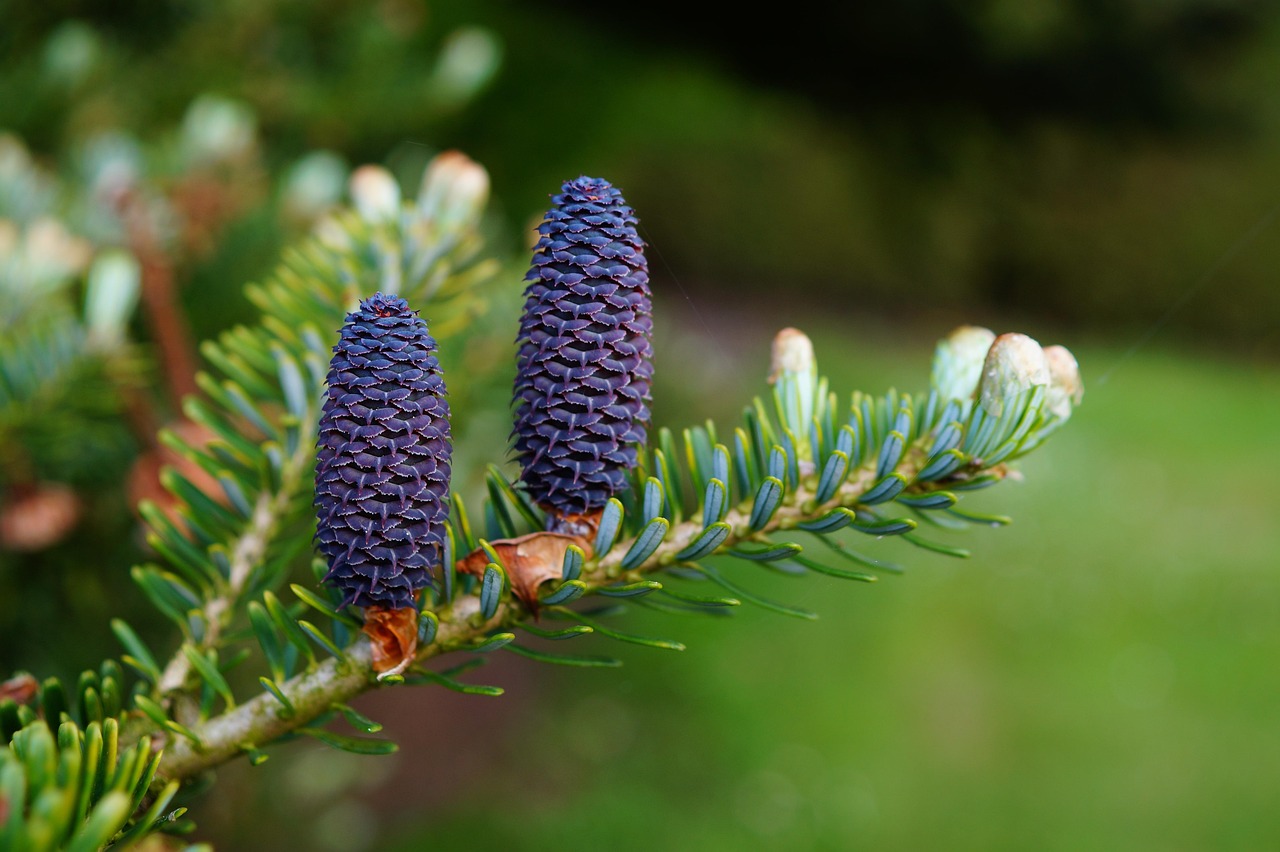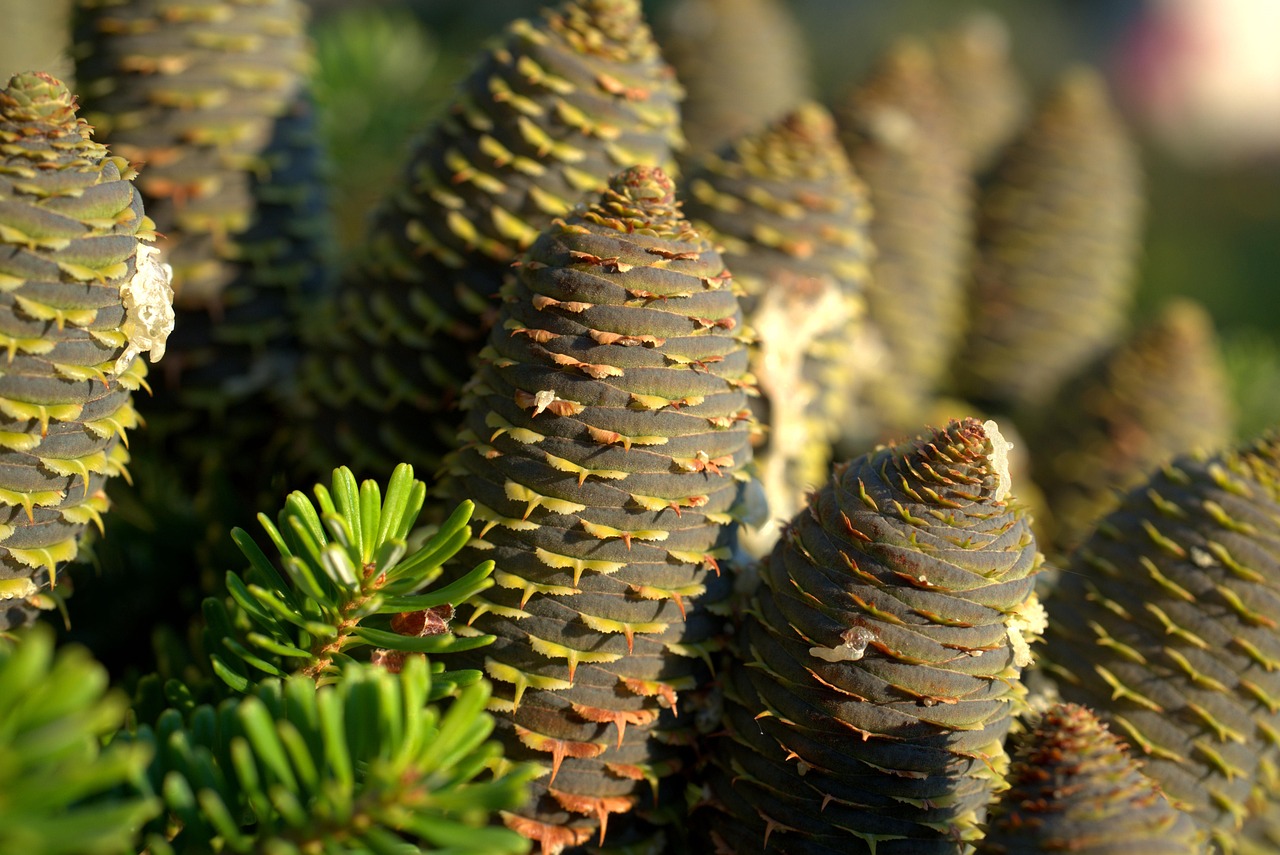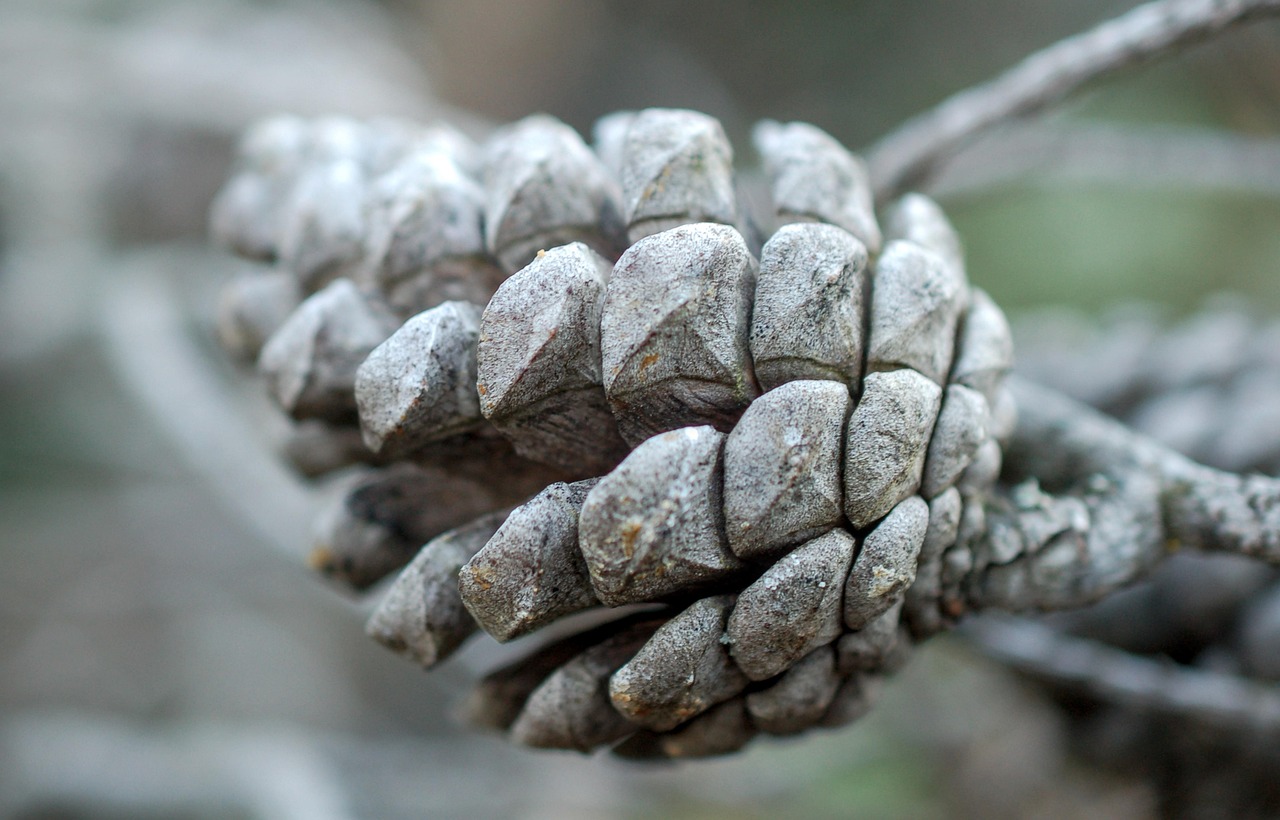Pine tree pruning is essential for reducing fire hazards. Properly maintained trees have less dead foliage and lower fuel loads, which can help prevent the spread of wildfires. Regular pruning encourages healthy growth and enhances overall tree structure.
Pine trees are beautiful and valuable additions to many landscapes. They provide shade, improve air quality, and enhance property value. However, they also pose a significant fire risk, especially in regions prone to wildfires. In dry conditions, pine needles, cones, and dead branches can easily ignite, creating a serious hazard for homes and communities.

Understanding how to effectively prune pine trees is crucial for fire prevention. Pruning not only helps maintain the health of the tree but also reduces the amount of flammable material surrounding it. This practice is especially vital during dry seasons when the risk of fire is heightened. Regular maintenance can significantly lower the chances of trees becoming a source of ignition.
Why Pruning is Important
Pruning serves multiple purposes, especially for pine trees. Here are some key reasons why it is important:
- Healthier Trees: Removing dead or diseased branches helps improve the overall health of the tree.
- Reduced Fire Risk: Pruning reduces the accumulation of flammable materials.
- Improved Airflow: Proper pruning allows better airflow through the tree, which can reduce moisture retention and discourage pests.
- Aesthetic Appeal: Regular pruning keeps trees looking neat and attractive.
It is essential to recognize that not all pruning techniques are suitable for every situation. Understanding the best practices can lead to better outcomes for both the trees and the surrounding environment.

Best Practices for Pine Tree Pruning
When pruning pine trees, several best practices should be followed to ensure safety and effectiveness:
- Timing: The best time to prune pine trees is during late winter or early spring before new growth begins. This minimizes stress on the tree and promotes healthy growth.
- Use Proper Tools: Ensure that your tools are sharp and clean to make precise cuts and reduce the risk of disease transmission.
- Avoid Topping: Never top pine trees as this can lead to weak growth and increased vulnerability to disease.
- Remove Dead or Diseased Wood: Focus on removing any dead or diseased branches, as these are potential fire hazards.
The goal of pruning is to improve the tree’s structure while minimizing the risk of fire hazards. Carefully assess each branch before making a cut. This approach not only benefits the tree but also enhances safety for properties located nearby.
Understanding Fire Behavior in Pine Forests
To effectively prevent fires, it’s essential to understand how fire behaves in pine forests. Pine trees produce a flammable resin that can ignite quickly under dry conditions. Here are some factors that influence fire behavior in these environments:

| Factor | Description |
|---|---|
| Fuel Load | The amount of combustible material available in an area, including leaves, needles, and branches. |
| Moisture Content | The level of moisture in vegetation affects its flammability; drier materials ignite more easily. |
| Wind Speed | Higher winds can spread flames rapidly, increasing the intensity and speed of a fire. |
| Topography | The landscape’s features can affect how fire spreads, with steep slopes often facilitating faster movement. |
By understanding these factors, property owners can take proactive steps to manage their pine trees effectively. Reducing fuel loads through regular pruning is one of the most effective strategies available.
Pine tree pruning should be part of an overall fire management plan. This plan may also include creating defensible space around properties, managing other vegetation, and following local guidelines for fire safety. By taking these steps, communities can better protect themselves from the devastating effects of wildfires.
Creating Defensible Space
Defensible space is a crucial concept in fire prevention, especially for properties surrounded by pine trees. It involves creating a buffer zone that reduces the likelihood of fire spreading from vegetation to structures. This zone helps shield homes and buildings from potential fire hazards.

To create effective defensible space, homeowners should consider several strategies:
- Zone 1: Immediate Area (0 to 5 feet from structures)
- Remove all dead vegetation and flammable materials.
- Use non-combustible materials for landscaping, such as gravel or stone.
- Keep shrubs and plants trimmed and well-watered.
- Zone 2: Intermediate Area (5 to 30 feet from structures)
- Maintain a distance between tree crowns of at least 10 feet.
- Prune trees to a height of at least 6 to 10 feet, depending on the tree species.
- Remove any dead or dying branches that could ignite easily.
- Zone 3: Extended Area (30 to 100 feet from structures)
- Thin out dense vegetation to reduce fuel loads.
- Remove low-lying branches that may catch fire.
- Regularly mow and trim grasses to keep them short.
Creating defensible space is not a one-time task. It requires ongoing maintenance and care. Regular inspections and seasonal clean-ups are necessary to ensure that the space remains effective in preventing fire hazards.
Pruning Techniques for Pine Trees
Effective pruning techniques can greatly improve the health of pine trees while minimizing fire risks. Here are some commonly used methods:
- Crown Cleaning: This technique involves removing dead, diseased, or crowded branches from the tree’s crown. It promotes better airflow and reduces the amount of flammable material present.
- Crown Thinning: This method selectively removes branches throughout the crown. It helps maintain the tree’s shape while improving light penetration and air circulation.
- Crown Raising: Raising the crown involves removing lower branches to increase clearance above the ground. This reduces the chances of fire spreading from ground vegetation to the tree.
- Crown Reduction: Reducing the size of the crown can help manage the overall height and spread of the tree. It should be done carefully to maintain the tree’s natural form.
Using these techniques effectively ensures that pine trees remain healthy while minimizing their potential as fire hazards. Always remember to assess the tree before making any cuts, as each tree may require a unique approach.
Seasonal Considerations for Pruning
The timing of pruning is essential for achieving optimal results. Different seasons affect tree health in various ways:
- Winter (December to February): This is typically the best time for pruning pines. The trees are dormant, which minimizes stress and encourages healthy growth in spring.
- Spring (March to May): Pruning during this season can promote vigorous growth. However, it is essential to avoid pruning just before new growth begins to prevent damage.
- Summer (June to August): Pruning in summer should be limited to removing dead or diseased branches. Heavy pruning during this time can stress the tree.
- Fall (September to November): Avoid extensive pruning in fall, as this can lead to new growth that may not survive winter conditions.
By understanding seasonal impacts on pine trees, property owners can make informed decisions about when to prune effectively. This knowledge helps maintain tree health and reduces fire risks throughout the year.
The Role of Professional Arborists
Sometimes, hiring a professional arborist is the best option for maintaining pine trees. Arborists are trained experts who understand tree biology and health. They can provide valuable insights into safe and effective pruning practices.
Here are some reasons why engaging a professional arborist can be beneficial:
- Expertise: Arborists have extensive knowledge about different tree species and their specific needs.
- Safety: Pruning large or tall trees can be dangerous. Professionals have the training and equipment to do it safely.
- Assessment: An arborist can assess the health of your trees and recommend appropriate care strategies tailored to your specific situation.
- Legal Compliance: In some areas, tree removal or significant pruning requires permits. Arborists are familiar with local regulations.
Choosing to work with a professional can enhance safety and effectiveness in maintaining pine trees while also significantly reducing fire hazards around properties.
Pine Tree Health Monitoring
Monitoring the health of pine trees is vital for ensuring their longevity and reducing fire risks. Regular inspections can help identify potential issues before they become severe problems. Here are some key indicators to watch for:
- Disease Signs: Look for unusual discoloration, resin oozing, or fungal growth on bark.
- Pest Infestation: Check for signs of pests such as bark beetles or aphids that can weaken trees.
- Growth Patterns: Monitor for stunted growth or dieback in branches, which may indicate underlying health issues.
If any issues are detected, prompt action is necessary. Consulting with an arborist can provide guidance on how best to address these problems while ensuring that fire hazards remain minimized.
Common Pine Tree Diseases and Pests
Understanding the diseases and pests that affect pine trees is essential for effective management. These threats can weaken trees and increase their susceptibility to fire hazards. Here are some common diseases and pests that homeowners should be aware of:
Common Pine Diseases
- Diplodia Tip Blight: This fungal disease causes the tips of needles to turn brown and die. It primarily affects young trees and can lead to significant growth loss.
- Brown Spot Needle Blight: Another fungal issue, this disease causes yellow spots on needles, eventually leading to needle drop. It thrives in humid conditions.
- Root Rot: Caused by various fungi, root rot affects the tree’s ability to absorb nutrients and water. Signs include yellowing needles and stunted growth.
- Pitch Canker: This disease affects the vascular system of pine trees, often leading to the oozing of resin from infected areas. It can cause branch dieback and tree death.
Common Pine Pests
- Bark Beetles: These small insects bore into the bark, disrupting the flow of nutrients and water. Infestations can lead to tree death if not managed promptly.
- Aphids: These sap-sucking insects can weaken trees, making them more susceptible to diseases. They can also produce a sticky substance called honeydew, which attracts other pests.
- Eastern Pine Weevil: This pest damages the terminal shoots of pines, causing stunted growth and deformities. Controlling their population is crucial for healthy tree development.
- Pine Sawflies: Larvae of these wasps feed on pine needles, leading to defoliation. Severe infestations can result in tree stress and increased fire risk.
Regular monitoring for these diseases and pests is vital for maintaining healthy pine trees. If signs of infestation or disease are noticed, immediate action should be taken to mitigate damage.
Integrated Pest Management (IPM) Strategies
Integrated Pest Management (IPM) is a holistic approach that combines various methods to manage pests while minimizing harm to the environment. Here are key components of an effective IPM strategy for pine trees:
- Monitoring: Regularly inspect pine trees for signs of pests or diseases. Early detection is critical for effective management.
- Identification: Accurately identify pests and diseases using reliable resources. Understanding the specific threats helps in planning appropriate actions.
- Prevention: Implement cultural practices that promote tree health, such as proper watering, mulching, and fertilization. Healthy trees are more resilient against pests.
- Control Measures: Use a combination of mechanical, biological, and chemical controls when necessary. For example, introduce beneficial insects to control pest populations naturally.
This comprehensive approach helps mitigate pest problems while reducing reliance on chemical treatments, which can have negative environmental impacts.
The Importance of Proper Watering
Water management is another critical aspect of maintaining healthy pine trees. Proper watering practices can enhance tree resilience against drought conditions and pests:
- Deep Watering: Water deeply but infrequently. This encourages roots to grow deeper into the soil, improving drought resistance.
- Avoid Overwatering: Too much water can lead to root rot and other issues. Always check soil moisture before watering.
- Seasonal Adjustments: Adjust watering frequency based on seasonal weather patterns. During dry spells, increase watering while reducing it during rainy periods.
By implementing effective watering practices, homeowners can support the overall health of their pine trees and reduce the risk of fire hazards.
The Role of Mulching
Mulching around the base of pine trees is another beneficial practice that promotes tree health and reduces fire risk. Here are some advantages of using mulch:
- Moisture Retention: Mulch helps retain soil moisture, reducing the need for frequent watering.
- Weed Suppression: A good layer of mulch inhibits weed growth, which competes with trees for nutrients and water.
- Soil Temperature Regulation: Mulch moderates soil temperature fluctuations, providing a stable environment for root growth.
- Organic Matter Addition: As mulch decomposes, it enriches the soil with organic matter, improving its structure and nutrient content.
The type of mulch used is essential. Organic mulches like wood chips or shredded bark are ideal for pine trees because they break down over time, adding nutrients back into the soil while also reducing fire hazards.
Community Involvement and Education
Communities play a vital role in managing fire risks associated with pine trees. Engaging local residents in education programs about tree care and fire safety can foster a culture of awareness and responsibility:
- Workshops: Organize workshops to teach residents about proper pruning techniques and tree maintenance practices.
- Neighborhood Cleanup Days: Encourage community participation in cleaning up dead vegetation and improving defensible spaces around homes.
- Information Sharing: Provide resources on identifying pests and diseases, as well as best practices for maintaining healthy trees.
An informed community is better equipped to protect itself from the dangers of wildfires while enhancing the beauty and health of local landscapes.
Long-Term Maintenance and Planning
Maintaining pine trees for fire safety is not just a one-time effort; it requires ongoing commitment and planning. Homeowners should develop a long-term maintenance plan that includes regular assessments, seasonal care, and community engagement. Here are essential components of an effective long-term maintenance strategy:
- Regular Inspections: Schedule annual or bi-annual inspections of pine trees to monitor their health and detect any signs of pests or diseases early.
- Document Changes: Keep records of tree health, pruning activities, pest management, and any other significant changes. This documentation can help identify patterns and inform future care.
- Seasonal Care: Plan seasonal activities, including pruning schedules, watering routines, and mulching. Adjust these plans based on weather conditions and tree growth.
- Community Collaboration: Work with neighbors to address shared fire hazards. Create a neighborhood plan for maintaining defensible spaces and managing common areas.
By implementing a structured maintenance plan, homeowners can significantly reduce the risk of fire hazards presented by pine trees while ensuring their health and vitality over the years.
Utilizing Technology for Tree Management
The integration of technology into tree management practices can enhance the effectiveness of fire hazard prevention efforts. Here are some innovative tools and technologies that can assist in managing pine trees:
- Tree Health Monitoring Apps: Several applications allow homeowners to monitor tree health by tracking growth, identifying diseases, and providing care recommendations based on specific conditions.
- Drones: Drones equipped with cameras can survey large areas of land quickly, providing aerial views of tree health and identifying issues that may not be visible from the ground.
- Fire Risk Assessment Tools: Various online tools help assess fire risks based on local conditions, vegetation types, and historical fire data. This information can guide tree management decisions.
Leveraging technology can make monitoring and maintaining pine trees more effective and efficient, ultimately supporting fire hazard reduction efforts.
Local Regulations and Resources
Before beginning any tree maintenance or fire hazard reduction activities, it is crucial to understand local regulations that may govern tree care. Many communities have specific guidelines regarding tree pruning and removal, especially in fire-prone areas. Here are some steps to ensure compliance:
- Contact Local Authorities: Reach out to local government offices or forestry departments to inquire about regulations regarding tree management.
- Review Fire Codes: Familiarize yourself with local fire codes that specify requirements for defensible space and vegetation management.
- Engage with Local Conservation Groups: Connect with organizations focused on forest management or fire prevention. They often provide valuable resources and educational materials.
By staying informed about local regulations, homeowners can ensure they are compliant while effectively managing their pine trees for fire safety.
Conclusion
Pine tree pruning is an essential practice for reducing fire hazards in homes and communities. By understanding the importance of maintaining healthy trees, creating defensible spaces, and monitoring tree health, homeowners can significantly mitigate risks associated with wildfires. Effective strategies include regular inspections, proper watering, mulching, and community involvement in education and cleanup efforts.
The integration of technology into tree management enhances the ability to monitor health, assess risks, and implement appropriate care strategies. Lastly, compliance with local regulations ensures that all activities contribute positively to fire safety efforts.
Through proactive management and community collaboration, we can protect our homes, enhance the beauty of our landscapes, and foster healthier ecosystems. The commitment to maintaining pine trees not only reduces fire risks but also contributes to the overall well-being of our environment.
